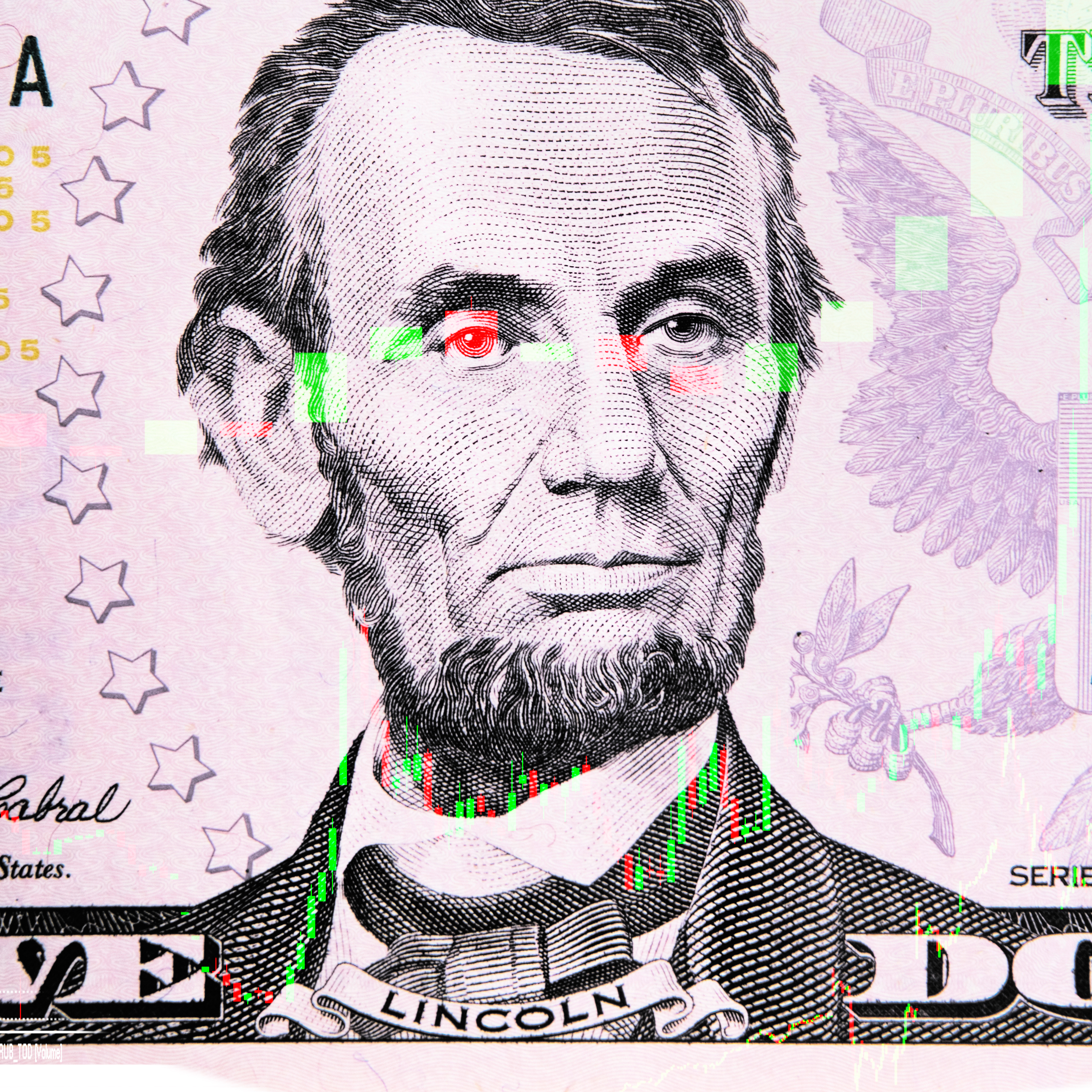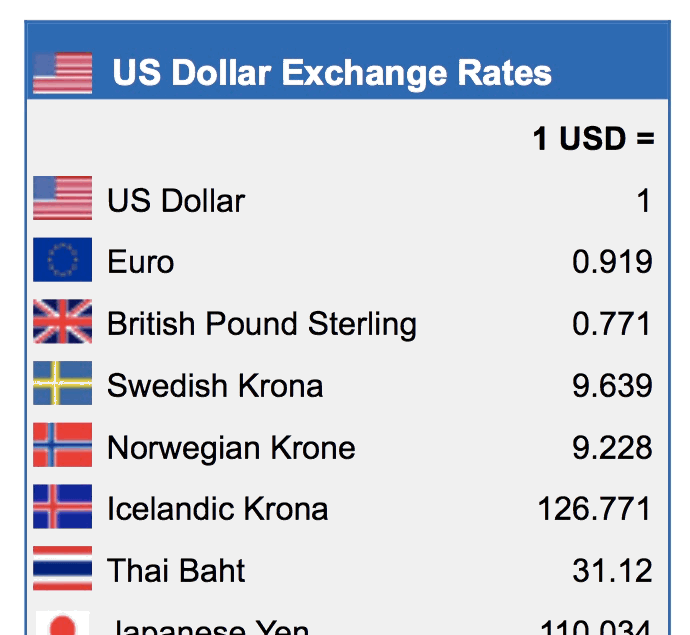



The design of Albanian Lek banknotes features prominent historical and cultural figures of Albania, as well as natural landscapes and architectural monuments of the country. Coins are available in denominations of 1, 5, 10, 20, and 50 Lekes, while banknotes are available in denominations of 200, 500, 1000, 2000, 5000, and 10,000 Lekes. The current Albanian Lek has several denominations, ranging from 1 Lek to 10,000 Lekes. Since then, the Lek has maintained its stability and has become a relatively stable currency in the region. In 1992, after the fall of the communist regime, the "Democratic Lek" was introduced to replace the Socialist Lek. In 1965, the "Socialist Lek" was introduced to replace the new Lek, and an exchange rate of 1 Socialist Lek = 10 new Lekes was established. In 1947, the "new Lek" was introduced to replace the old Lek, and an exchange rate of 1 new Lek = 100 old Lekes was established. During World War II, the currency suffered from severe inflation due to the German and then Italian occupation of Albania.Īfter the war, Albania went through several monetary reforms. The Albanian Lek was officially introduced on February 27, 1926, with an exchange rate of 1 Lek = 0.2903 grams of gold. In 1925, the Albanian government decided to establish its own national currency to promote financial and economic independence for the country. Since then, it has gone through several monetary reforms and design changes.īefore the introduction of the Lek, Albania used a variety of foreign currencies, such as the French franc and the Greek drachma. The official currency of Albania is the Lek, which was first introduced in 1926.


 0 kommentar(er)
0 kommentar(er)
